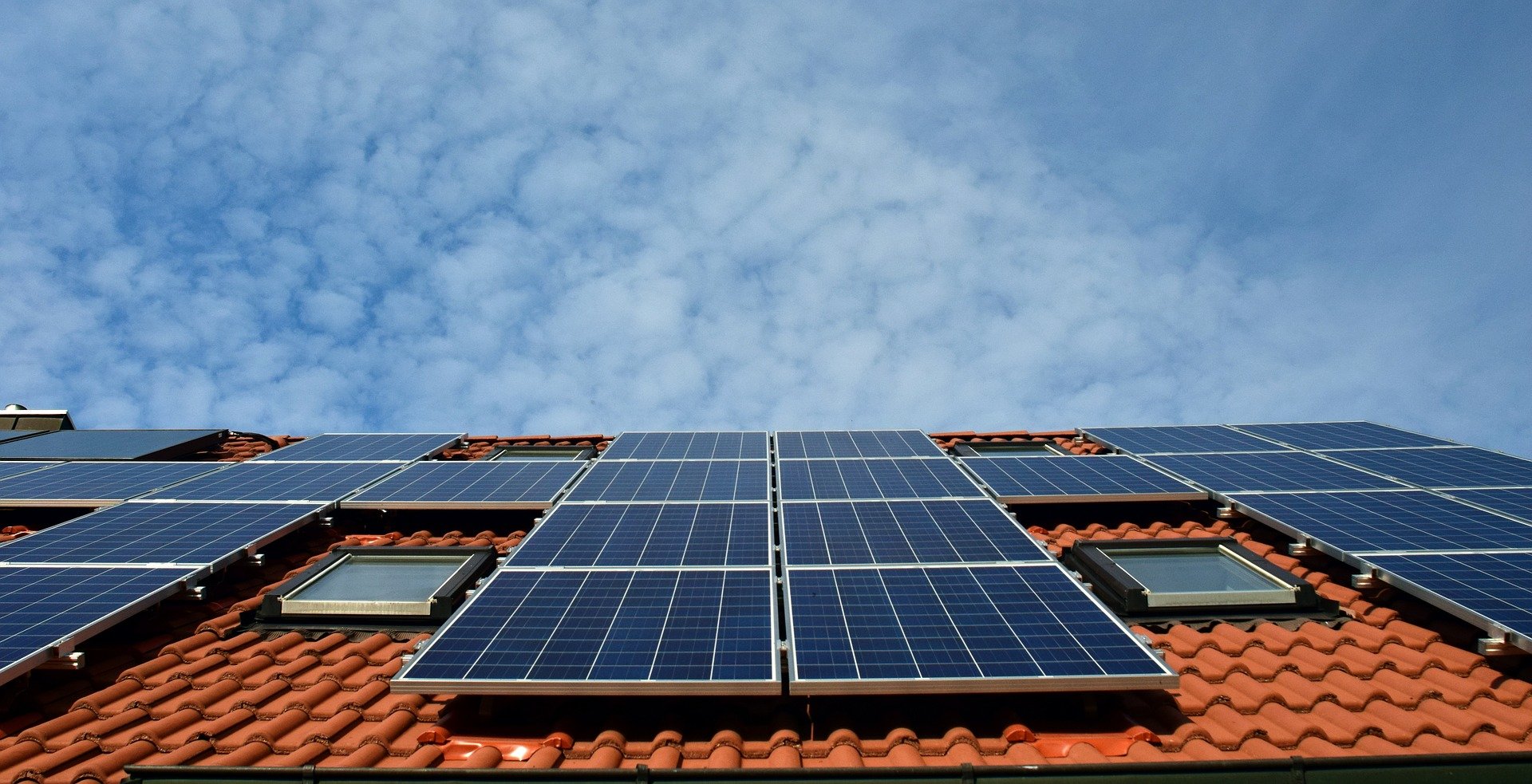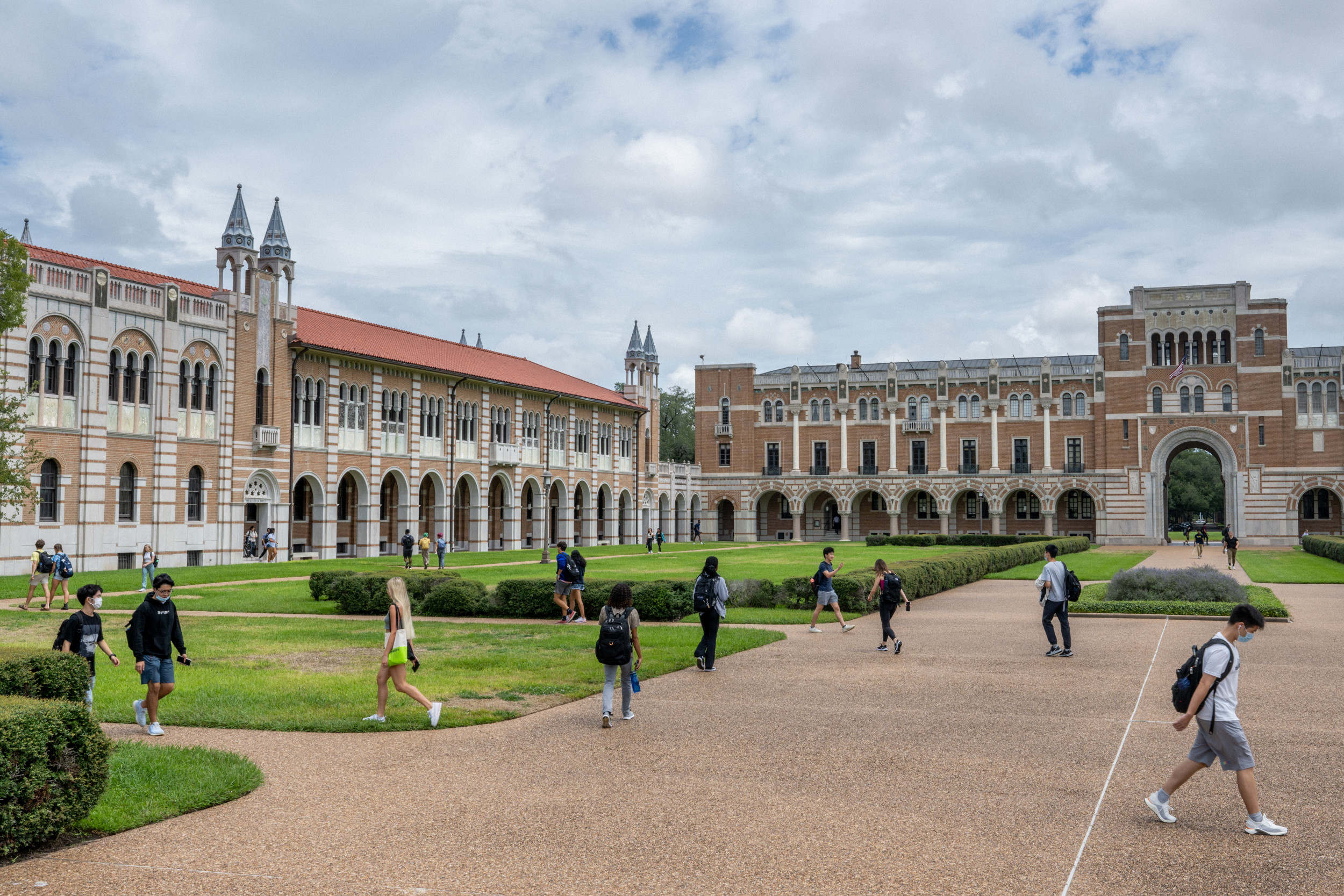Dangerous Climate Whiplash: Global Cities Face Impacts, New Report Shows

Table of Contents
Understanding Climate Whiplash and its Urban Impacts
Climate whiplash refers to the rapid transitions between extreme weather conditions. Instead of a gradual shift, cities might experience a devastating drought immediately followed by catastrophic flooding, or intense heatwaves abruptly giving way to unusually cold snaps. This unpredictability makes adaptation significantly harder than dealing with a consistently harsh climate.
Climate whiplash exacerbates existing vulnerabilities within urban areas, creating a perfect storm of interconnected challenges. These include:
- Increased strain on infrastructure: Water systems struggle to cope with both drought and deluge, transportation networks are disrupted by floods and extreme temperatures, and energy grids face immense pressure during heatwaves and power outages from severe storms.
- Higher risk of natural disasters: The rapid shifts increase the likelihood of devastating floods, landslides, and wildfires, as already stressed ecosystems are pushed beyond their limits.
- Disruptions to essential services: Healthcare systems are overwhelmed during heatwaves and disease outbreaks; food supplies are disrupted by extreme weather events and transportation issues.
- Increased public health risks: Heat stroke, respiratory illnesses, and waterborne diseases become significantly more prevalent due to the erratic weather patterns.
- Economic consequences: The damage to property, business disruption, and the cost of disaster response place a significant burden on city budgets and economies.
Case Studies: Cities Facing the Brunt of Climate Whiplash
Several cities around the globe are already experiencing the devastating impacts of climate whiplash firsthand.
- London heatwave and subsequent flooding: The record-breaking London heatwave of 2022, followed by intense rainfall and localized flooding, highlighted the city's vulnerability to rapid weather shifts. This resulted in widespread disruption to transportation, increased hospital admissions due to heatstroke, and significant damage to infrastructure.
- Mumbai monsoon floods and droughts: Mumbai, a city prone to intense monsoon rains, has also seen increasingly erratic rainfall patterns. Severe flooding is punctuated by periods of drought, stressing water resources and impacting agriculture. The city's aging infrastructure struggles to cope with this volatile climate.
- California wildfires and subsequent mudslides: California's persistent drought has created tinderbox conditions, leading to massive wildfires. Subsequent heavy rains often trigger devastating mudslides, further compounding the damage and loss of life.
The New Report's Key Findings and Recommendations
A recent report by [insert report name and organization here] provides critical insights into the growing threat of climate whiplash and offers crucial recommendations for urban resilience. The report highlights that [insert specific data and statistics from the report, e.g., "X% of global cities are expected to experience significant climate whiplash events by 2050"]. Key recommendations include:
- Infrastructure improvements: Investing in resilient infrastructure designed to withstand extreme weather events and rapid shifts in conditions.
- Enhanced early warning systems: Developing sophisticated systems to predict and provide timely warnings of impending extreme weather events, allowing for proactive mitigation strategies.
- Community preparedness and emergency response: Improving community-based disaster preparedness programs, including emergency response training and evacuation plans.
- Policy recommendations for city governments: Implementing policies that promote sustainable urban planning, green infrastructure, and climate adaptation measures.
Building Climate-Resilient Cities: Strategies for the Future
Building climate-resilient cities requires a long-term, multi-faceted approach focused on sustainable urban planning, green infrastructure, and robust community engagement. Key strategies include:
- Investing in renewable energy sources: Transitioning to renewable energy sources reduces reliance on fossil fuels and mitigates the impacts of energy grid disruptions.
- Improving water management systems: Implementing smart water management strategies that can cope with both droughts and floods, including water harvesting and efficient irrigation techniques.
- Developing green spaces and urban forests: Increasing green spaces helps regulate temperatures, reduce the urban heat island effect, and improve air quality.
- Strengthening building codes and regulations: Enacting stringent building codes to ensure that new constructions are resilient to extreme weather events.
- Promoting community-based disaster preparedness programs: Empowering communities to participate in disaster preparedness planning and response.
Acting Now to Avert Dangerous Climate Whiplash
The threat of climate whiplash to global cities is undeniable. The findings of the new report underscore the urgency of implementing robust adaptation and mitigation strategies. Understanding the threat of dangerous climate whiplash is crucial for building truly resilient urban futures. We must prioritize sustainable urban planning, invest in resilient infrastructure, and enhance community preparedness to protect our cities from the devastating impacts of this increasingly common phenomenon. Take action today to support initiatives combating climate whiplash and ensuring safer cities for all. Let's build urban climate resilience together.

Featured Posts
-
 The Us And The New Northern Front In Europe A Strategy For Containing Russia
May 28, 2025
The Us And The New Northern Front In Europe A Strategy For Containing Russia
May 28, 2025 -
 Bianca Censoris Revealing Roller Skating Ensemble Sparks Attention
May 28, 2025
Bianca Censoris Revealing Roller Skating Ensemble Sparks Attention
May 28, 2025 -
 Prediksi Cuaca Bali Esok Hari Berawan Dengan Hujan Lokal
May 28, 2025
Prediksi Cuaca Bali Esok Hari Berawan Dengan Hujan Lokal
May 28, 2025 -
 Arsenal News Artetas U Turn On 76m Striker And Pursuit Of 60m Mbappe Esque Star
May 28, 2025
Arsenal News Artetas U Turn On 76m Striker And Pursuit Of 60m Mbappe Esque Star
May 28, 2025 -
 Serena Williams Strong Reaction To Jannik Sinners Doping Case
May 28, 2025
Serena Williams Strong Reaction To Jannik Sinners Doping Case
May 28, 2025
Latest Posts
-
 Trump Administrations Rejection Of Sunnova Energys 3 Billion Loan Application
May 30, 2025
Trump Administrations Rejection Of Sunnova Energys 3 Billion Loan Application
May 30, 2025 -
 3 Billion Loan Cancellation Trump Administrations Decision Impacts Sunnova Energy
May 30, 2025
3 Billion Loan Cancellation Trump Administrations Decision Impacts Sunnova Energy
May 30, 2025 -
 Sunnova Energy Denied 3 Billion Loan Under Trump Administration
May 30, 2025
Sunnova Energy Denied 3 Billion Loan Under Trump Administration
May 30, 2025 -
 The Los Angeles Wildfires A New Frontier For Problem Gambling
May 30, 2025
The Los Angeles Wildfires A New Frontier For Problem Gambling
May 30, 2025 -
 Is Polands Election Runoff A Turning Point For Right Wing Populism In Europe
May 30, 2025
Is Polands Election Runoff A Turning Point For Right Wing Populism In Europe
May 30, 2025
